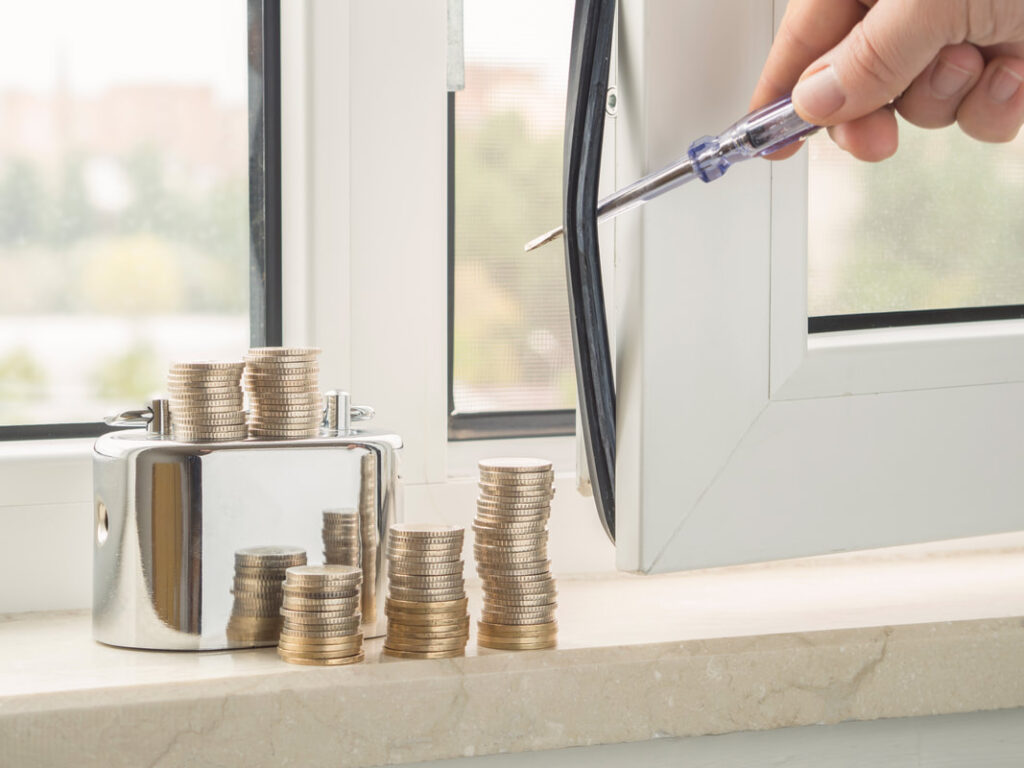At Ballard, we understand the importance of keeping your home warm, and that can include sealing your home. In San Bernardino, Highland and Redlands communities, the weather isn’t always moderate and kind. Even the smallest air leak can greatly disrupt your energy bill and comfort level. Sealing leaks not only aids in maintaining the temperature in your home, but it also reduces heating and cooling costs, too! Step into this new year with renewed comfort and savings by learning how to seal your home.
Locate air leaks
The first step in sealing your home is finding the leaks. Did you know that the hard-to-reach areas are usually the ones with the most leaks? These areas include attics, basements and crawl spaces. Spending a little extra time inspecting these sometimes uncomfortable spaces can save you money on energy bills while improving your air quality. By knowing where your home’s leaks are, you’ll be able to seal and repair them properly.
Windows and doors
Windows are major air-leaking bandits. Older windows become warped over time due to moisture and stop sealing properly. Door and window bottoms are the biggest culprits. If you feel a draft when holding your hand in front of any part of the window or door frame, you need to start sealing. Use weatherstripping or caulk to fix these problem areas. If possible, renew your home with new, properly-sealing windows.
Unexpected spaces
Ductwork, vents, plumbing entrances, and wire pull-through holes are usually overlooked. Apply caulking, foil tape, or foam spray to any crack or hole you find.
Exterior
Inspect the exterior of your home. Check for gaps and cracks in the joints between the siding and the roofline. Thoroughly inspect the chimney’s foundation for sinking and along its height for cracks and deteriorating brick or stone. Ask your Ballard experts for recommendations on safe materials to fix any leaks you find.
Attics
Any jointed area has the possibility of leaking air. As one place we spend little to no time in, unfinished attic spaces are often forgotten but can be a big contributor of leaks. Use foam spray and caulking to seal along attic edges. Apply foam spray specifically to studs, joints, and large cracks to stop airflow.
Sealing your home is a simple task that will keep your loved ones cozy and comfy all year long with the bonus of big cost savings as you may find that thermostat doesn’t need set so high. At Ballard, our top priority is ensuring your indoor comfort this year. Give us a call at (909) 882-1748 for more information!

